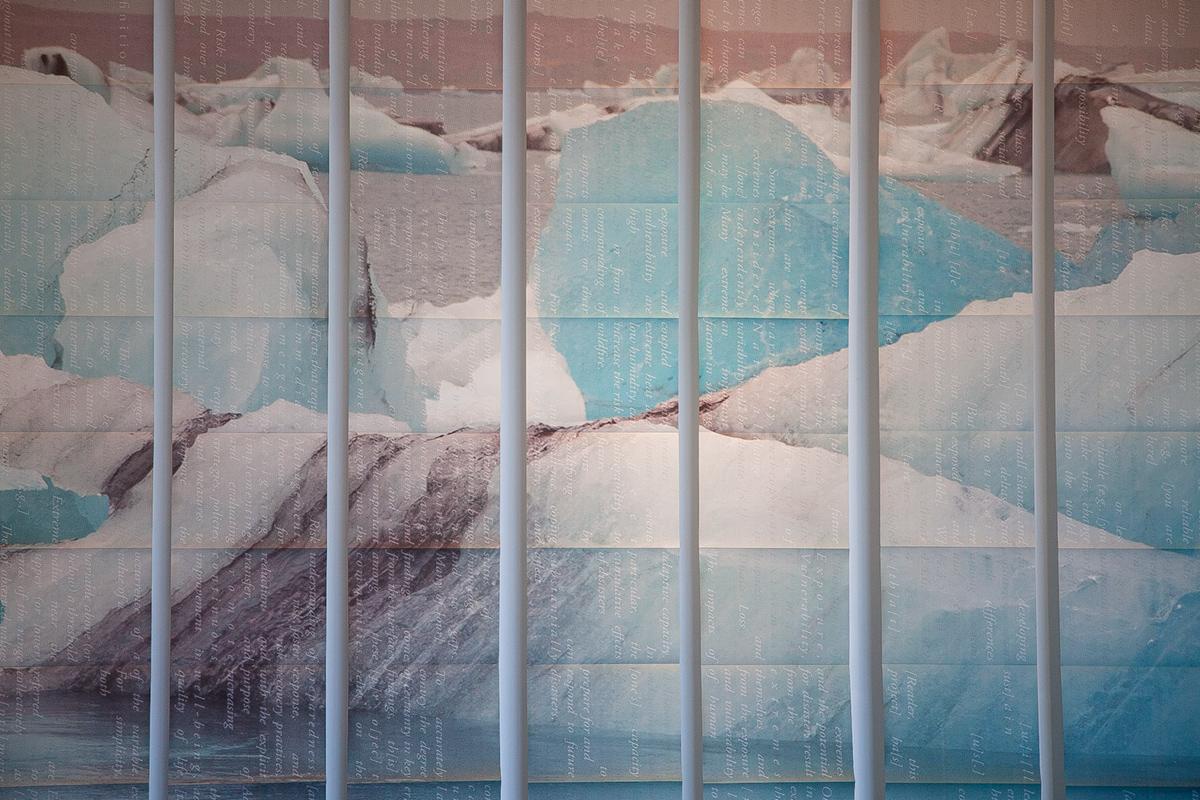WOW! another week flew by, a repetitive occurrence nowadays. The hours come and go without warning. Busy is good; but life is fleeting. Did you carry out what you intended to do this week?
I went hunting for more manhole covers in the town of Emmett, northwest of Boise on Wednesday. A quaint region at an elevation of 2,362 feet (720 m) above sea level and below Freezeout Hill—a steep terrain overlooking Emmett. Following the winding road constructed in 1919, we noticed a welcome sign to Gem County. The only gems we saw were dark red, soft and round, juicy and sweet. Cherry Festival!
© 2016 Louise Levergneux, descending Freezeout Hill
We drove around the streets till we came upon a manhole cover that might be the oldest manhole cover in Emmett. Most are run-of-the-mill, I call them ersatz. The hunt is part of the experience and we had a lovely afternoon.
© 2016 Louise Levergneux, manhole cover at N McKinley Ave & E Main St, Emmett
On our way back home passing trough Meridian, we found two manhole covers with stunning designs.
© 2016 Louise Levergneux, manhole covers designed for The Village Mall in Meridian
Friends viewing the volumes of City Shields often ask questions about the designs of the manhole covers and the reason for so many? Where or how I find the covers? A manhole is used for many types of utilities: cable, sewer, telephone, sanitation... So each design of the covers differentiates the use of the manhole. I find the covers wherever my life brings me. They are part of the city I live in or visit; and I’m obsessed with finding the most striking designs. I’m interested in bringing these entryways to the world beneath our feet to the forefront of city dwellers as art. At this point as an artist, I am more interested in the visual designs of the covers.
I had to stop my printing process till the delivery of more ink cartridges. Two printers are expensive to keep. Now, I buy separate ink cartridges when needed. My delivery arrived today, now I have no excuses.
Except, I’m entertaining another excuse, I would like to photograph and document my book Finding Home in ample detail. Finding Home is part of the Wanderlust exhibition at 23 Sandy Gallery in Portland. Laura Russell, the owner, sold two copies last week. What wonderful news!
© 2016 Louise Levergneux, artists' book Finding Home
I took numerous photographs before mailing my last copy to 23 Sandy Gallery. The number of an edition is tricky. Will every copy sell or will my closet of inventory get bigger? I remember contemplating on the question and thought I may need to create one-of-a-kind books soon if my studio gets smaller and smaller. Well, I was wrong and should have made a bigger edition according to Laura.
It’s a crap·shoot!! Publishing and editions are an uncertain matter.
Download, copy, Photoshop, prepare, templates, print—it’s all waiting for me to publish more volumes.
























































